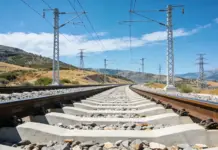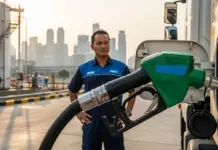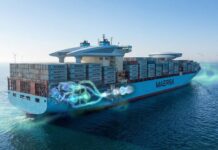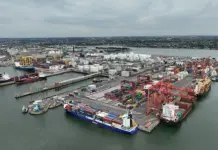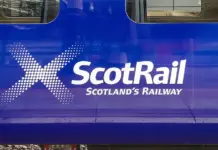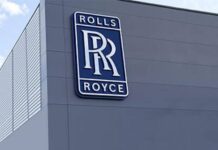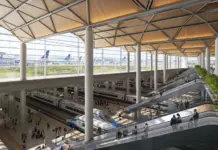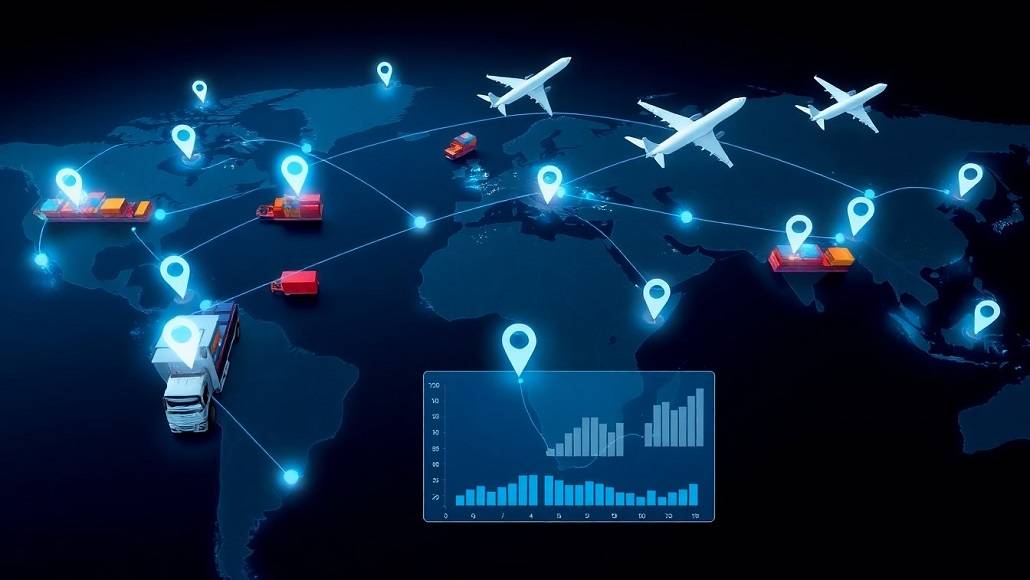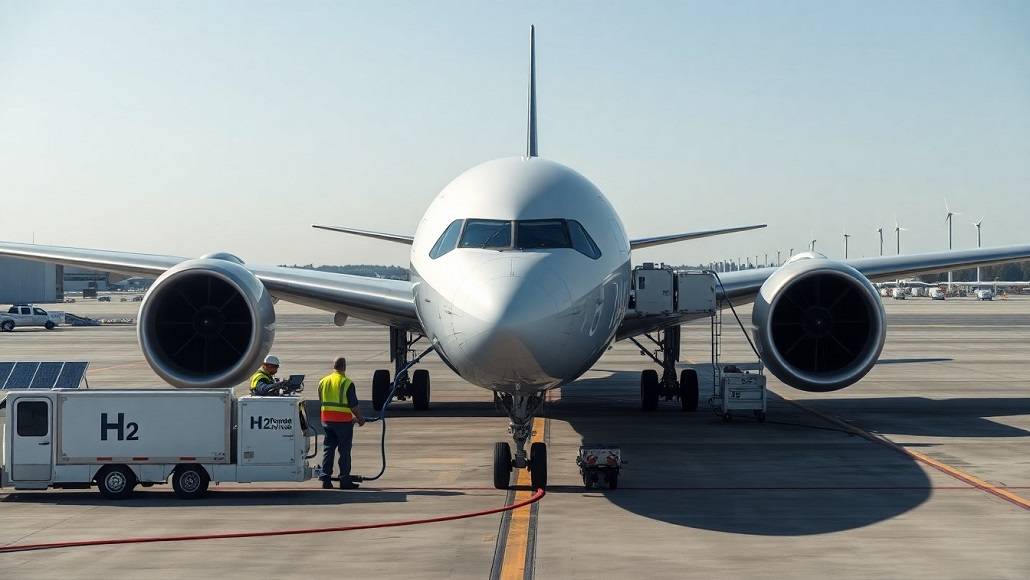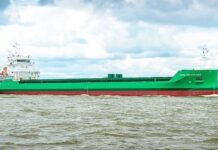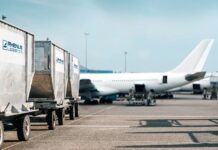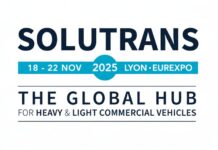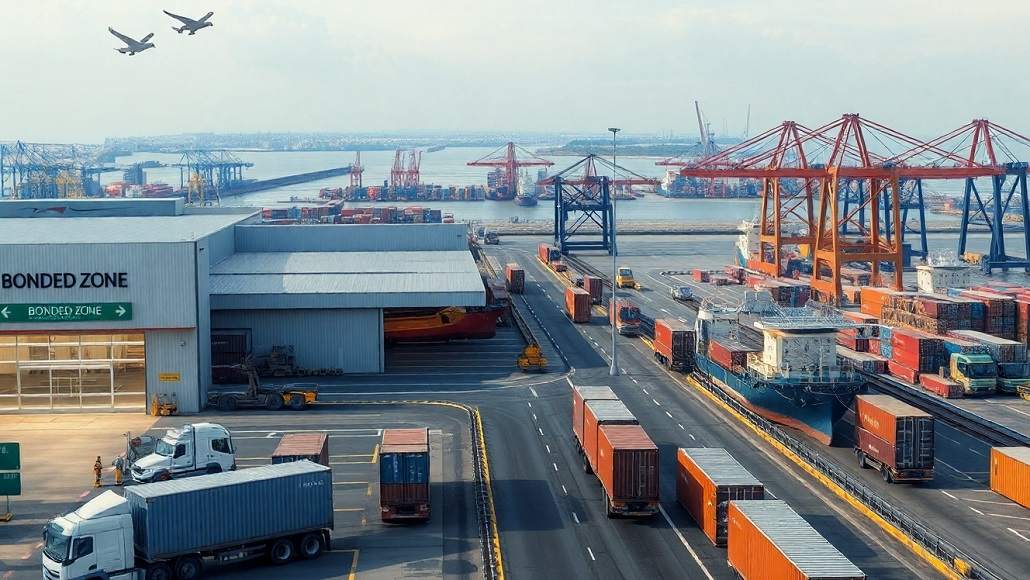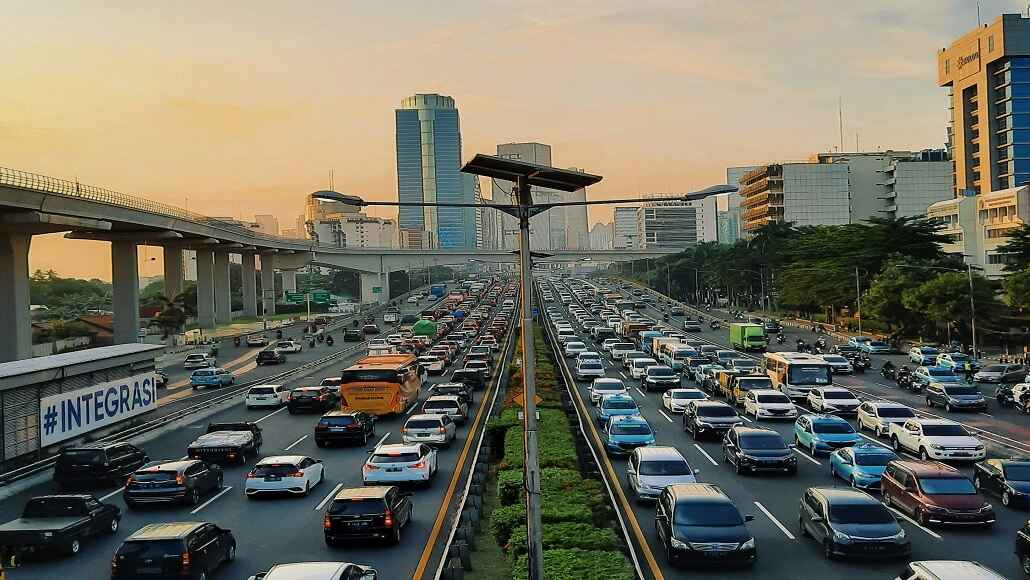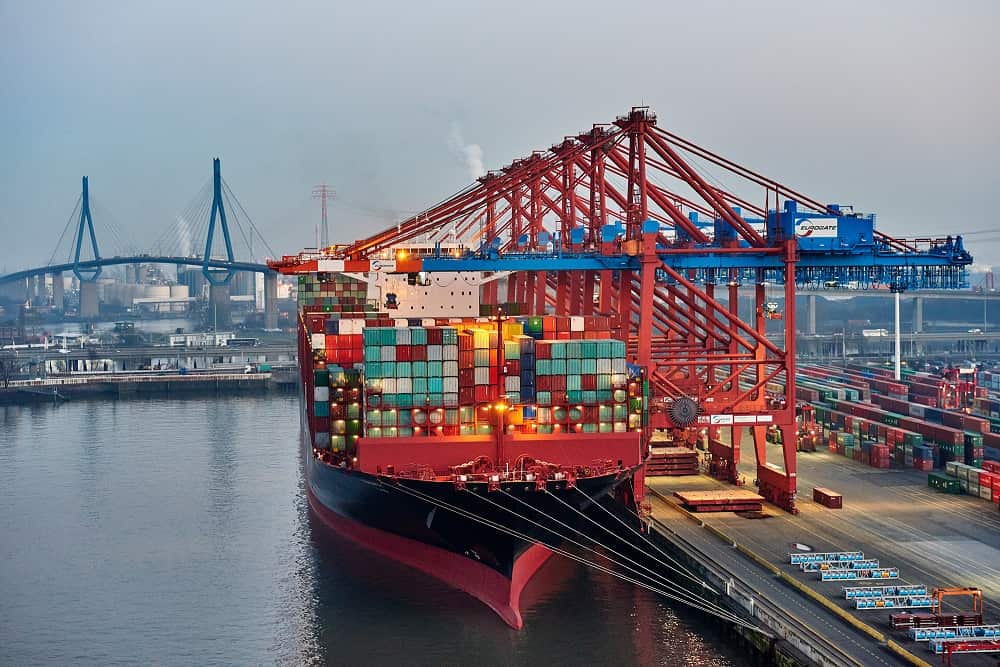The Board of Harbor Commissioners of the Port of Long Beach has approved unanimously an ambitious $170 million project to widen and deepen the port’s waterways in order to increase access.
The $170 million Deep Draft Navigation Channel Deepening Project, according to port officials, will provide ships greater room to move safely and efficiently. It will clear 7.4 million cubic yards of silt from the port’s different waterways and deepen the Long Beach Approach Channel from 76 to 80 feet.
According to Harbor Commission President Sharon L. Weissman, by strengthening navigation in Long Beach Harbor, goods will move faster around the supply chain, generating huge economic advantages for the city, region, and nation. On September 12, the environmental impact study for the project was unanimously authorised by the commissioners. The federal environmental study procedure for the project was concluded by the U.S. Army Corps of Engineers in July, paving the way for government funding.
The project’s anticipated roughly $170 million cost will be split between the Port of Long Beach and the federal government. The port’s share is projected to cost $109 million. Port officials will now start the design and planning phases of the project after obtaining the necessary approvals. According to Sean Gamette, managing director of engineering for the port, dredging work may start as early as 2026 and take around three years to finish.
According to the port, Long Beach is one of the busiest ports in the US, handling around $170 billion in cargo each year. The port can accommodate some of the largest ships in the world, but with the current layout of Long Beach Harbor, there are restrictions on when they can anchor there due to tide flows, weather, and vessel size.
After the dredging project is finished, larger container ships will have easier access to the port and will be able to transport more cargo, resulting in fewer ship calls altogether. This is in contrast to the current practise of piling fewer containers to navigate the channel’s bends and turns. Deeper, broader canals will also reduce the requirement for lightering, the procedure by which tankers shift their fluid bulk cargo to smaller vessels, allowing the larger tankers to enter the port with the under-keel clearance they require.
According to a news release from the Port of Long Beach’s executive director, Mario Cordero, they already have some of the biggest ships in the world there. Deepening and enhancing the waterways will provide these vessels greater room to manoeuvre and the ability to do so more effectively by taking on more containers, lowering the number of ship calls and related emissions, the report states.
In addition to deepening the approach channel, the project would entail trying to ease turning bends in the main channel to deepen a wider area to 76 ft; deepening portions of the West Basin from 50 to 55 ft; building a method channel and turning basin to Pier J South with a depth of 55 ft; enhancing the breakwaters at the entrance to Pier J; and dumping dredged material in nearby sites for trash disposal or in federally approved ocean disposal sites.
Nearly majority of the work on a project like this is done on the seafloor, according to Gamette. To remove silt and carry it to another area that may be miles distant, specialised equipment that can descend 80 feet below the water’s surface is needed. To ensure that the necessary depth is reached while not removing more material than is allowed, advanced surveying tools are needed to direct subsea excavation.
Electricity will be provided to the dredges on the project used in Queen’s Gate by miles of cable that connect to a shore-side substation created for this purpose. In order to ensure the durability of existing embankments, breakwaters, and docks as the sediment surrounding them is removed, deepening waterways and ship berths, the project also calls for the construction of subsea structures.
The port plans to utilise as much of the estimated 7.4 million cubic yards of silt as possible to expand the port’s land area and to restore the sand on its beaches. The dredged material, according to port authorities, would save the port tens of millions of dollars if used to increase port capacity and encourage the creation of rentable terminal space.
The initiative also improves the environment. Ships and the tugs that accompany them use less fuel when crossing the harbour thanks to more effective manoeuvring. Greater efficiency reduces ground-level pollution from ships, one of the major sources of these pollutants related to port activities, including diesel particulate matter, nitrogen oxide, and sulphur dioxide emissions.


